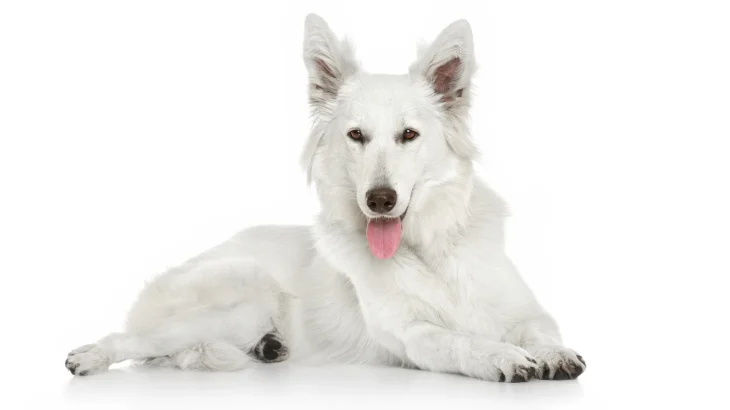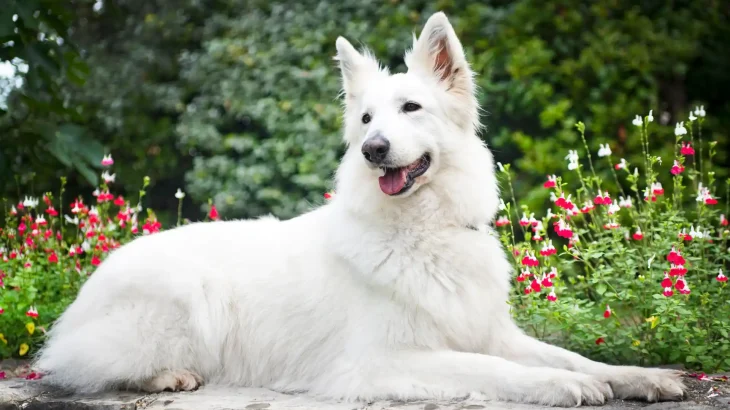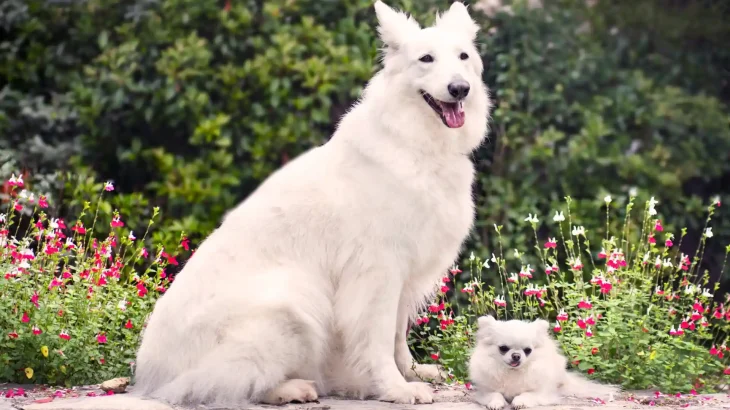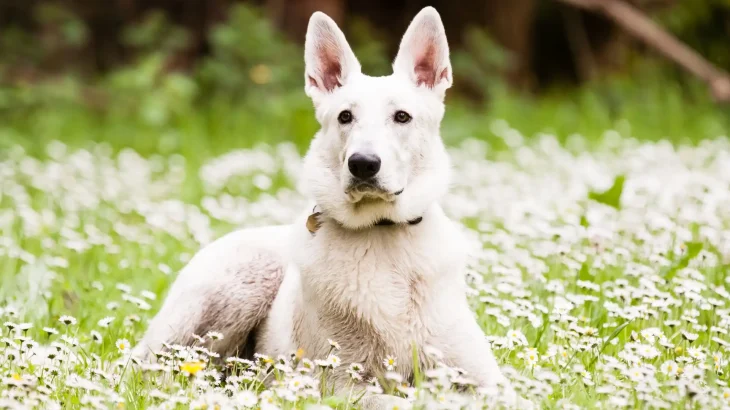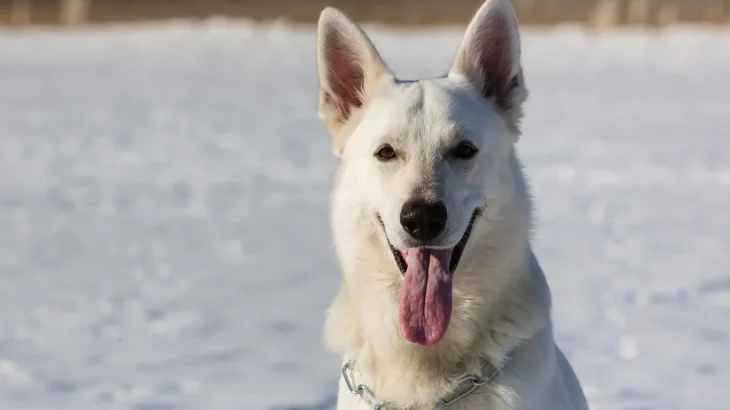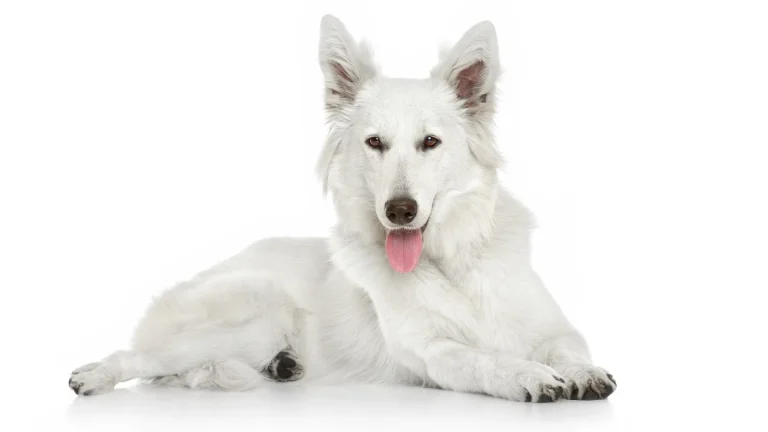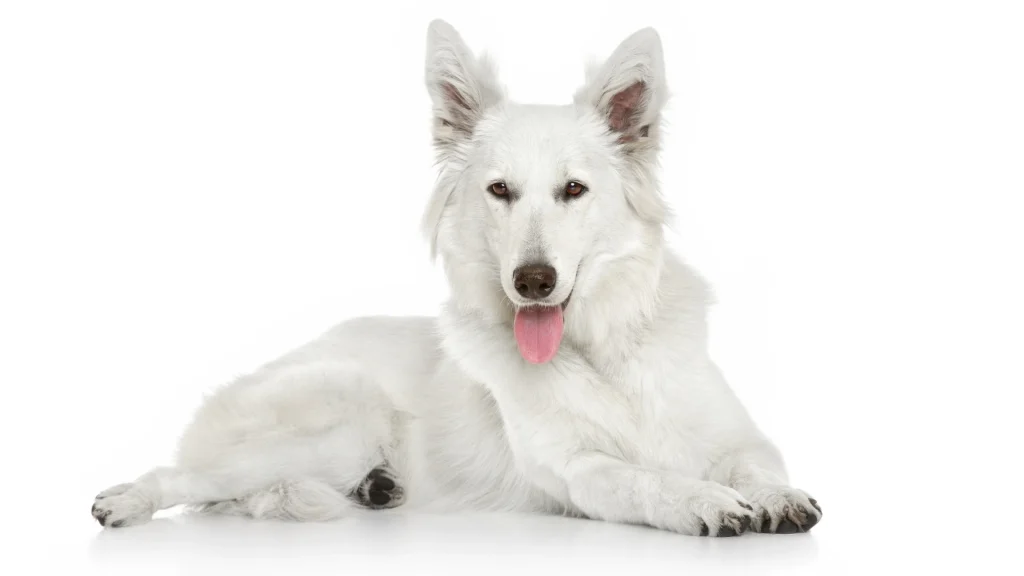When deciding to welcome a White Swiss Shepherd puppy into your home, you might wonder whether to adopt or buy from a breeder. Each option offers different benefits, especially relating to health transparency, cost, and the puppy's background. Considering these factors can help you make the best choice for your family and the puppy's future.
Adoption vs. Breeder: Pros & Cons
| Criteria | Buying from Breeder | Adopting from Shelter/Rescue |
|---|---|---|
| Cost | Higher upfront costs due to breed purity and paperwork. | Lower adoption fees, supporting shelter care. |
| Health History | Often includes health checks and genetic screening. | Health history may be unknown or limited, but basic screening done. |
| Age Availability | Usually young puppies, allowing more time to bond. | Various ages available, from puppies to adults. |
| Temperament Insight | Breeders can share detailed lineage and traits. | Shelters provide behavioral observations but less background. |
| Ethical Considerations | Supports responsible breeding if chosen carefully. | Gives a home to dogs that might not otherwise have one. |
| Breed Purity & Pedigree | Certainty of breed purity and documentation. | Lineage often unknown; pedigree papers rare. |

